How to Look After Your New Hedge
We are well into bare root season which means you may have planted a new hedge. If so, there's lots that you can do in the first two years to make sure your newly planted hedge is strong and healthy for years to come.
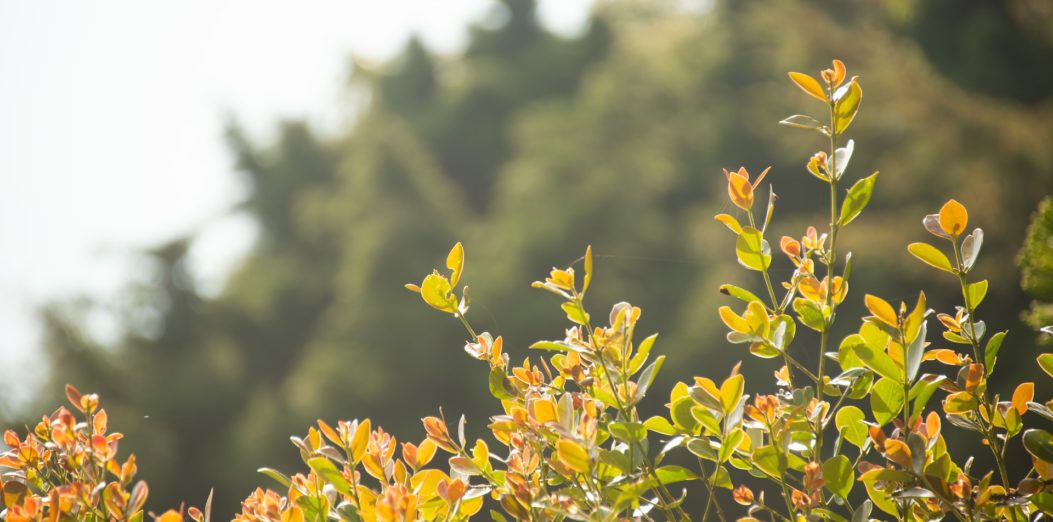
Caring for Your New Hedge
The first two years in a hedge’s life are an important time for making sure it establishes and grows well. Here’s what you need to do to look after your hedge in the first couple of years.
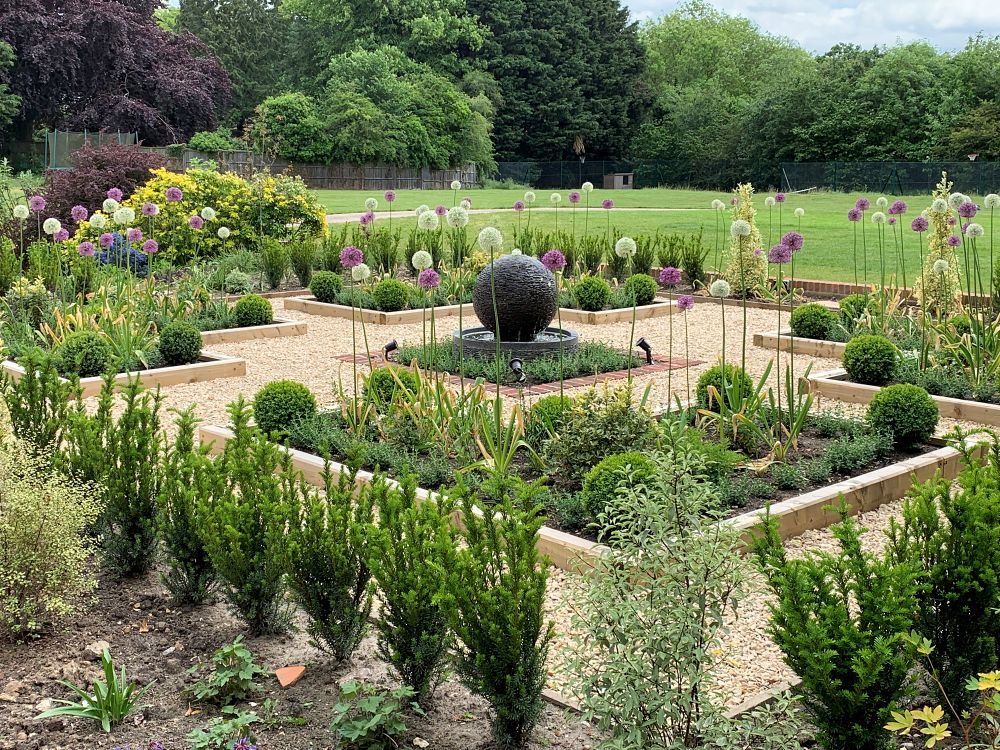
1. Weeding
The first summer after planting is the most important time for a newly planted hedge. During this time, it is essential that the new hedge has enough water, light and nutrients to establish itself. A new hedge must be kept free of all weeds (including grass) over the whole width of the planting area for at least the first 2 years. This is so the hedge is not having to compete for the light, water and nutrients. You may choose to use a mulch to help keep down weeds.
2. Watering
In the first season after planting, a new hedge will almost always come into leaf much later than an established hedge of the same species, this is due to the plant needing to establish new roots before coming out of dormancy. The weather may be quite warm at this time, so a close eye needs to be kept on watering, especially as the new leaves emerge. A good mulch will also help retain moisture.
New hedges need to be regularly well-watered particularly if the weather is dry. This is especially the case for evergreen root ball plants. It’s worth noting that new evergreen plants, especially bare root and root ball hedging, may ‘moult’ leaves, or the leaves may turn yellow if the weather is warm. This is a perfectly normal response from the plant trying to conserve water while establishing new roots. With good care and watering, new shoots will appear a few weeks later and the plants will catch up.
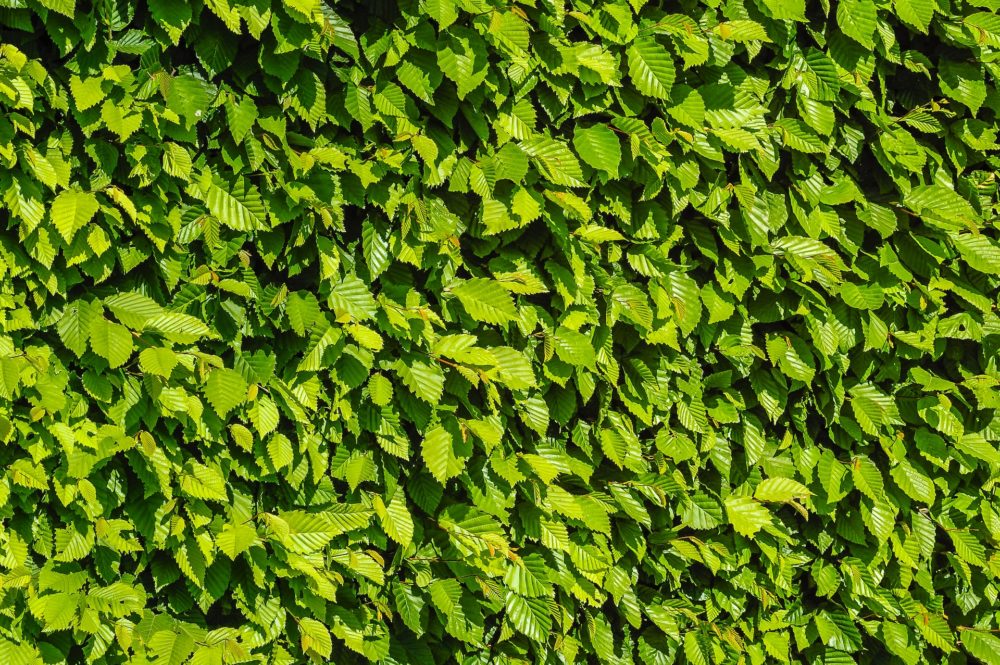
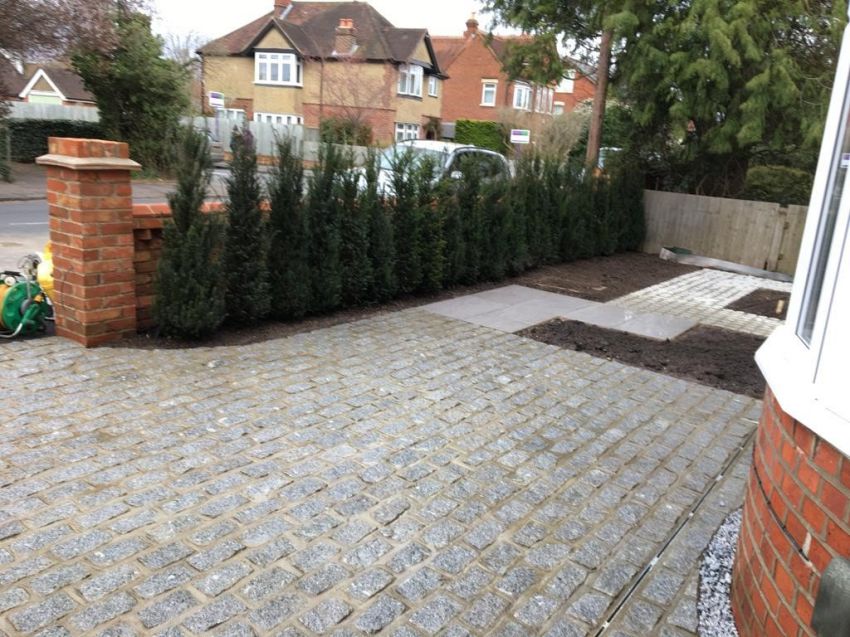
3. Protect Against Wildlife Damage
Rabbits can cause serious damage to new hedges. If you have rabbits visit your garden there are few options. You could choose plant species that rabbits don’t eat, such as Box and Yew. Or, if you’ve chosen a hedge which rabbits like hte taste of, you could use spiral tree guards to protect the stems. Other small mammals can also damage your hedge, so it’s a good idea to regularly check over it.
4. Protect Against Wind Damage
Even a moderate breeze can cause newly planted hedging plants to rock and sway. Really strong gales can even dislodge plants to the point that the roots become exposed which can be fatal. Check your new hedge regularly and re-firm plants where necessary until they are well established. Plants may need staking, particularly on windy and more exposed sites. In windy sites, windbreak netting may also be useful.
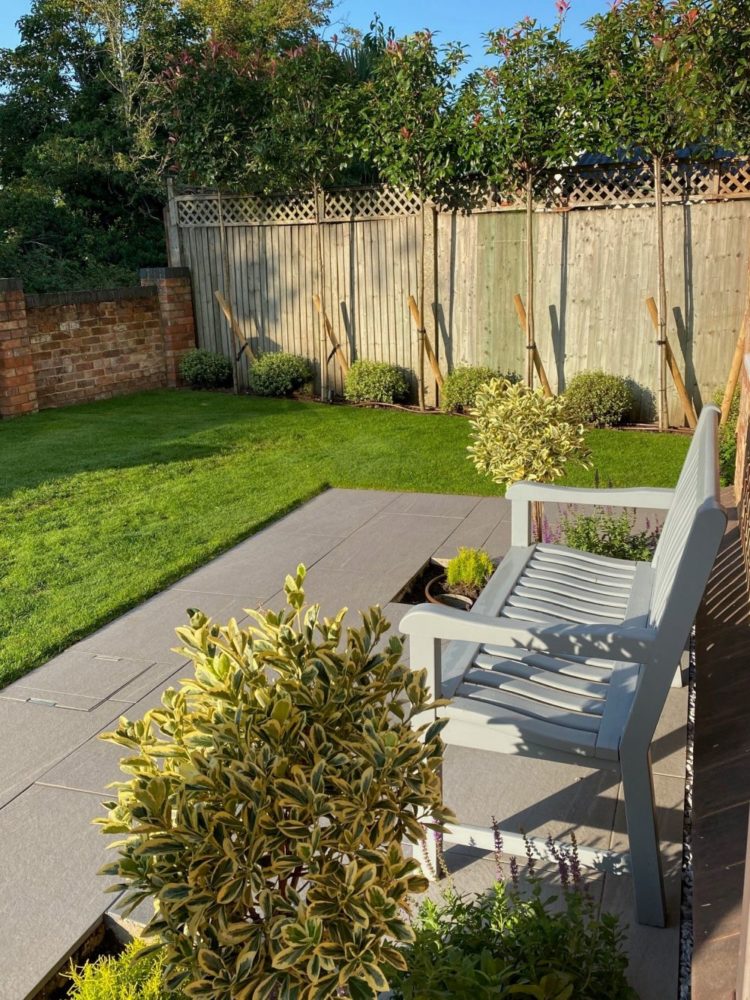
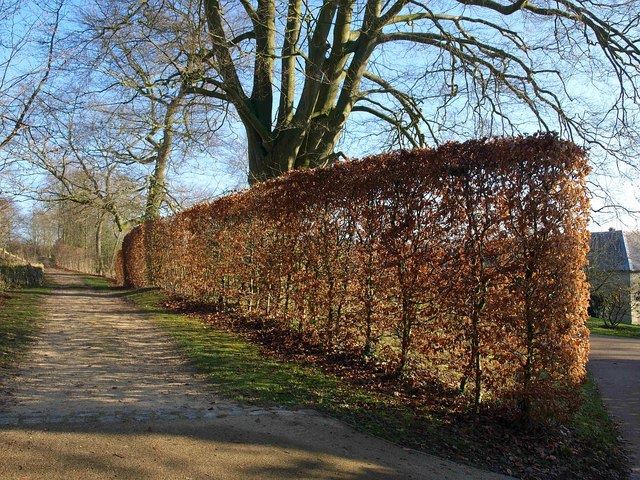
5. Pruning
Most hedging plants do not need pruning after planting. Hedging can be lightly tipped after planting and any damaged or wayward stems can be removed.
In the following years, deciduous hedges will make a denser hedge more quickly if the annual growth is trimmed. Most evergreens will not need trimming until the second year onwards when the sides can be lightly clipped to shape as required. Give the top of your new hedge its first trim just short of the proposed final height as this will make it fill out.